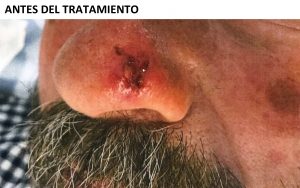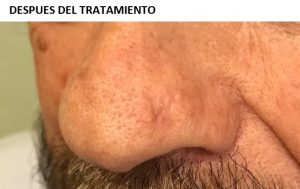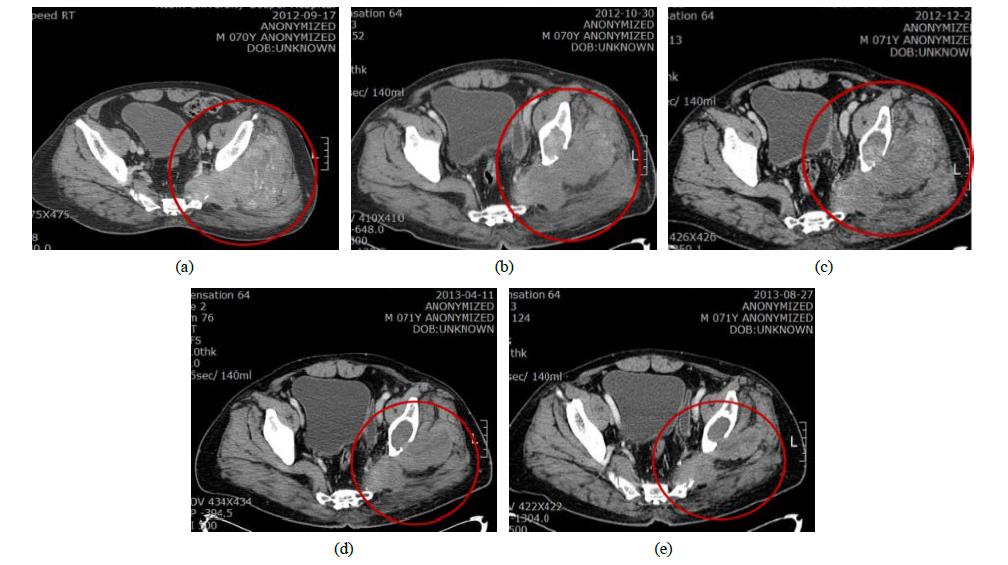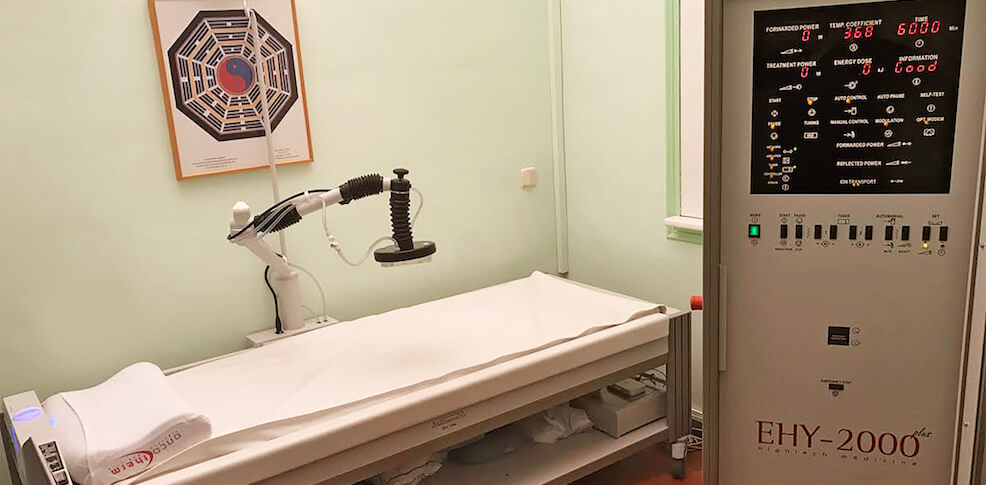Benefits of vitamin C in chemotherapy-resistant cancer
The Department of Translational Oncology of the Fundación Jiménez Díaz in Madrid carried out research on Vitamin C. Its ability to reduce tumor resistance to conventional therapies (chemotherapy) by modulating aberrant metabolism was studied.
The research was managed by the Quirónsalud health group, and its Health Research Institute (IIS-FJD). It was also supported by the Universidad Católica San Antonio de Murcia (UCAM).
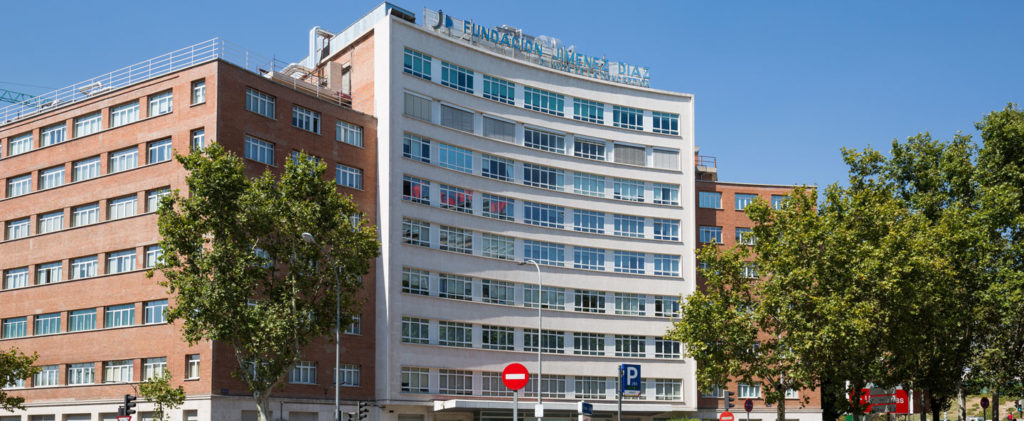
The study then detected a surprising and previously unreported role of vitamin C in the regulation of pyruvate dehydrogenase (PDH) activity and its action against the KRAS gene mutation.
Dr Óscar Aguilera, senior research scientist in OncoHealth’s Translational Oncology Department, explained the work:
“We think that metabolic modulation of the tumor can make it much more sensitive to chemotherapy and could significantly increase patients’ life expectancy and improve their quality of life.”
“The almost complete absence of serious side effects of vitamin C in megadoses invites clinical trials with patients in combination with various pharmaceutical molecules of interest.”
Vitamin C and chemotherapy resistance
The authors of the study highlight resistance to conventional chemotherapy and anti-EGFR biologic therapies as the major obstacle facing oncology. The approach of new adjuvant treatments, such as Vitamin C, represents a real progression in cure statistics and in the reduction of cancer mortality.
References
Article published in: https://international.ucam.edu/university-news/significant-advances-effectiveness-vitamin-c-treat-persistent-cancers
More information
You can access the medical study at the following link:
Cenigaonandia-Campillo A, Serna-Blasco R, Gómez-Ocabo L, Solanes-Casado S, Baños-Herraiz N, Puerto-Nevado LD, Cañas JA, Aceñero MJ, García-Foncillas J, Aguilera Ó. Vitamin C activates pyruvate dehydrogenase (PDH) targeting the mitochondrial tricarboxylic acid (TCA) cycle in hypoxic KRAS mutant colon cancer. Theranostics 2021; 11(8):3595-3606. doi:10.7150/thno.51265. Available from https://www.thno.org/v11p3595.htm
For more information, you can visit our website.

